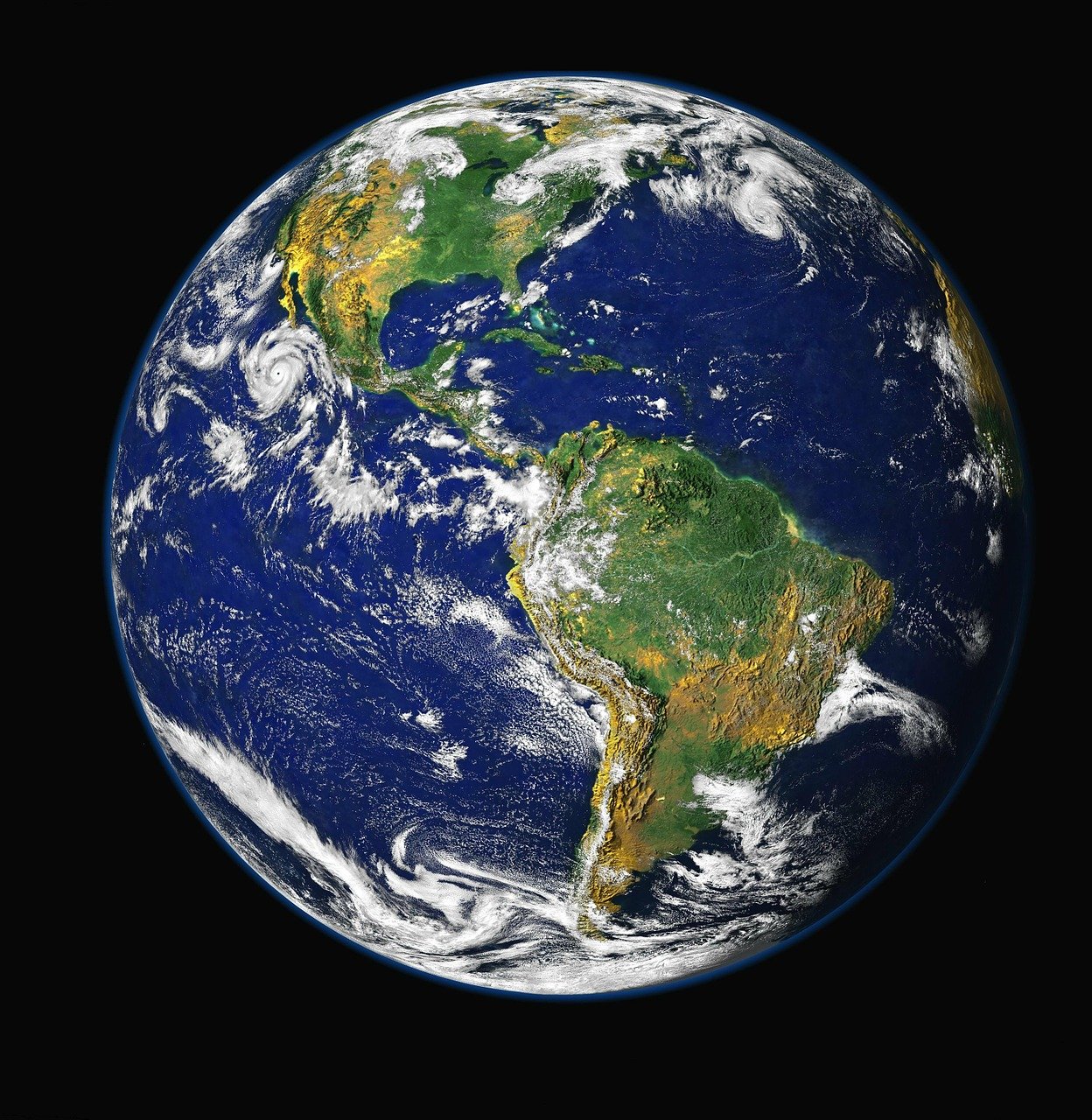According to scientists, whenever it relates to the formation of the Earth, energies that can only be characterized as flaming, chaotic, and even godlike were at work. Observational Astronomy, as they are currently called, has evolved over the last several centuries, allowing scientists to build a more empirical and scientific picture of how our planet was created. Overall, scientists have determined that many billion years ago, our Solar System was nothing more than a cloud of frigid dust particles whirling across space and that they were correct. After being disturbed, possibly by the explosion of a nearby star, this cloud of gas and dust began to collapse as gravity began to draw everything together, resulting in the formation of the solar nebula—a massive spinning disc. As it spun, the disc split into rings, and the frantic action of the disc caused the particles to become very hot.
Planets began to form as a result of the clumping of gas and dust
As the sphere of gas and dust grew in size, the gas and dust began to press in on themselves. A nuclear reaction is powerful, and this specific one transformed our Sun into a brightly dazzling star, illuminating the remainder of the gas and dust that was still whirling about it at the time. This comprised the Earth’s surface is constantly bombarded by meteorites and experiencing intense volcanism, which is thought to have been particularly severe due to the enormous heat transfer and temperature gradient recorded during this period. At this time, most of the Earth was melting, and it is possible that there was a lava ocean at the planet’s surface. Gradually, the Earth cooled, and the globe began to separate into three distinct layers: the core, the mantle, and the crust. This structuring of the world contributed to the beginning of tectonics on the planet’s surface, and the Earth started to resemble the world we know today. Earth is ancient, and people have only been on the Earth for a tiny portion of that time. All of the buildings, vehicles, restaurants, phones all began with one explosion.
The establishment of a solar system.
Because they have seen other solar systems go through a similar formation process, astronomers are confident in their understanding of how our solar system came to be. Beta Pictoris is a star located about 50 light-years distant in a developing solar system center. As a result, computer simulations of dust clouds, such as the one that is thought to have given birth to our solar system, indicate that gravitational forces nearly invariably result in a flat granular disc of rotating lumps, from which planets may form. All of these tiny planets whirled and spun, attracting and absorbing all of the matter in their immediate vicinity. They squeezed together into super-tight huge gigantic hot balls of reeling material due to the compression. The surface of unwanted was being bombarded by boulders that were plummeting towards it. There grew more extensive and hotter until it was a massive ball of molten rock at the end of the tunnel.

